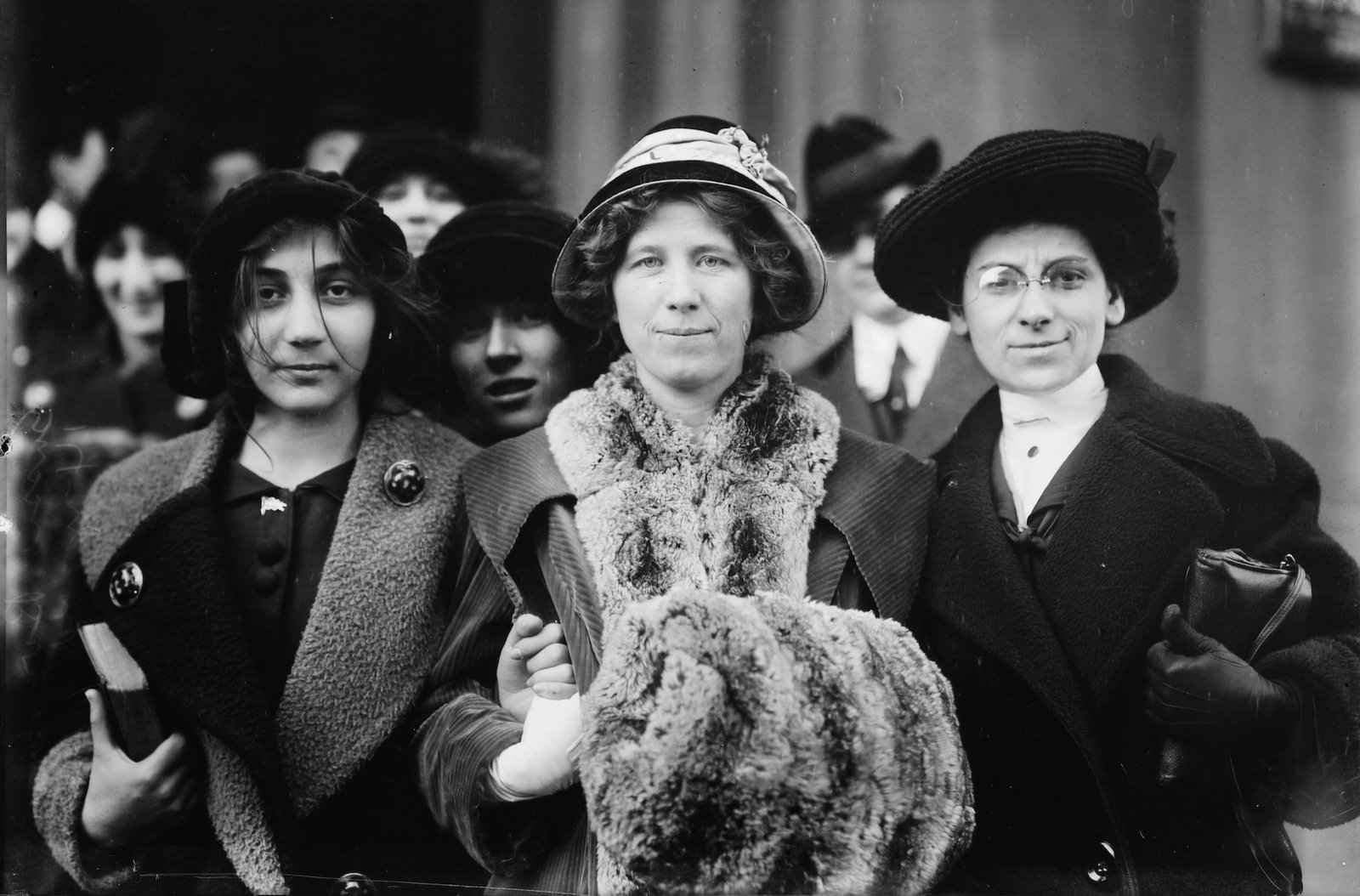In an era that reshaped America, a powerful icon emerged, fundamentally altering both the workforce and women’s place in society. This figure was none other than Rosie the Riveter, a fictional character who epitomized female strength and resilience amidst the turmoil of World War II. Representing a profound shift in societal norms, Rosie became the centerpiece of an immensely successful campaign by the War Advertising Council, known as “Women in War Jobs”. This campaign, pivotal in its scope and impact, was instrumental in ushering women into roles traditionally dominated by men, marking a significant chapter in the history of female workforce participation.
The Call to Arms and the Shift in the Workforce
In December 1941, as the United States was thrust into the vast turmoil of World War II, a significant shift occurred in the workforce. With a multitude of American men departing for battle, a critical shortage emerged, particularly in the manufacturing sectors crucial for war efforts. By February 1943, the workforce had seen the inclusion of around 15 million women, a response to this growing necessity. However, as 1944 dawned, the need intensified, with a call for an additional two million women to step into roles vital for supporting the nation during this global conflict.
Breaking New Ground: Women Entering the Workforce
For a vast number of American women, the idea of taking up jobs outside their homes was unfamiliar territory. Up until then, many had never thought of venturing into roles beyond their traditional domestic duties. But the pressing needs of the war ushered in a significant shift. The “Women in War Jobs” campaign played a critical role in making the concept of women working in traditionally male-dominated industries and sectors not just acceptable but also appealing and respected. This campaign was instrumental in reshaping societal views and encouraging women to step into these new roles.
A National Campaign: Rosie the Riveter Takes Center Stage
In September 1943, a wave of change swept through major magazines across the United States. They prominently displayed images of women actively participating in war efforts, leading to an impressive 125 million advertisements. These magazines didn’t just stop at images; they were packed with full-page ads, engaging stories, and features all celebrating ‘womanpower.’ The campaign created a web of influence, linking different forms of media such as movies, books, radio, and even museums. A notable example was the Museum of Modern Art in New York, which even held a contest to find the most compelling magazine covers. This widespread campaign played a vital role in changing perceptions and encouraging women’s participation in the workforce during the war.
The Impact of Rosie the Riveter
The Rosie the Riveter campaign went beyond mere workforce recruitment; it sparked a significant shift in societal attitudes. It revolutionized how women’s roles in society and the workplace were viewed. The necessity for women to work outside the home during the war transformed into a socially accepted and even sought-after choice. This movement marked a pivotal change in the perception of women’s work and their place in society.
Rosie’s Legacy in American Culture
The impact of Rosie the Riveter endures in American culture. Her iconic image, immortalized by Norman Rockwell, became a symbol of women’s vital role in wartime industries. This image, which graced postage stamps and magazine covers, is a powerful reminder of women’s contributions during the war. In a testament to Rosie’s lasting influence, Rockwell’s “Rosie the Riveter” painting fetched nearly $5 million at a Sotheby’s auction in May 2002, highlighting her continued significance in American history.
Rosie the Riveter: Beyond the Propaganda
Rosie the Riveter’s tale extends far beyond the propaganda and ads that made her famous. It’s about the real-life stories of numerous women who took on jobs traditionally held by men. These women did more than just fill vacancies; they shattered barriers and questioned long-standing stereotypes about gender roles and abilities. Their journey was not merely about stepping in; it was about reshaping perceptions and demonstrating women’s capabilities in previously male-dominated fields.
The Real Rosies
When women, often referred to as “Rosies,” began working in factories, shipyards, and manufacturing plants, they embraced challenging and intricate roles. They turned into welders, riveters, and assembly workers, among other positions. These jobs demanded physical strength as well as accuracy and expertise. Adapting to these roles was a challenging journey. Many women had to quickly acquire skills while on the job, frequently encountering doubt and skepticism from their male colleagues and bosses who questioned their capabilities.
Overcoming Challenges
Despite demonstrating their abilities, women encountered continuous obstacles. Balancing their household duties with their new positions in industry was a major challenge. Additionally, they often dealt with unequal wages, typically earning much less than their male counterparts for identical work. Furthermore, they had to adapt to environments that weren’t tailored to their needs, ranging from insufficient restroom facilities to protective equipment that was ill-fitting.
Conclusion:
Rosie the Riveter continues to be a powerful emblem of women’s empowerment and resilience. Her significance goes beyond her World War II roots, representing the strength, ability, and potential of women in every aspect of life. Rosie’s narrative serves as a compelling example of how societal expectations can be challenged and reshaped, opening doors for future generations of women to embrace roles and opportunities previously thought impossible.
When we look back at Rosie the Riveter’s story, we see a key chapter in the ongoing tale of women’s rights and empowerment. Rosie’s story remains a source of inspiration and strength for women all over the world.







